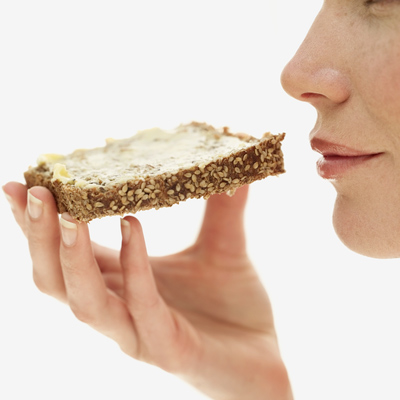Even healthy foods such as carrots and lettuce contain small amounts of fat — and that’s not a bad thing. Your body has to have some fat to survive. Fat gives you energy and helps your body absorb vitamins A, D, E, and K. Fat also makes food taste good, helps you feel full, and helps give you healthy hair and skin.If you’re trying to lose weight, remember butter has the same calories as olive oil — 120 per tablespoon. But olive oil is better for you than butter because butter has more of the worst kinds of fats — saturated and trans. That’s true generally: Oils have healthy fats, solids have unhealthy fats. Exceptions are coconut oil and palm oil, which are so high in bad fats that they actually count as solid
All fats are high in calories, but saturated fat and trans fat raise the “bad” LDL cholesterol in your blood and can cause plaque to build up in your arteries. This can lead to heart attack or stroke. Hard margarine, butter, and shortening all have these bad fats. To keep your heart healthy, choose oils instead. Olive, canola, corn, and safflower oils contain the least saturated fat.
Most of the artery-clogging saturated fat we eat comes from meat and dairy products. Although ribs, burgers, and ice cream all rank highly, Americans get most of their saturated fat — more than 14% — from pizza and cheese
Trans fats are a double whammy for your heart: They raise levels of bad cholesterol and lower levels of good cholesterol. They’re everywhere in processed foods like fries, doughnuts, and pastries. You can’t rely on the label to tell if a food has trans fats: Anything less than .5 g of trans fat can be listed as 0 g. If you see “partially hydrogenated,” it has trans fat.
Research has shown that some kinds of margarine, particularly the hard stick kinds, are worse for your heart than butter because they have lots of trans fat. However, there are some margarine spreads that have plant sterols, which may help lower cholesterol. Your best bet is to check the label before you buy, and read the ingredients list for hidden trans fats — or dip bread in olive oil.
When it comes to olive oil, it’s about color, fragrance, and taste — not calories or fat. All olive oils — pure, virgin, extra virgin, and light — have the same number of calories. The “light” in light olive oil refers to the color and fragrance. “Virgin” and “extra virgin” olive oils are less acidic than pure olive oil. Extra virgin olive oil has the most robust, fruity taste.
Olive oil and corn oil have the same number of calories and are mostly healthy fats. Neither contains any cholesterol. Olive oil has a higher percentage of a kind of fat — monounsaturated — that research suggests can help lower blood cholesterol. Olive oil also contains more antioxidants, which protect your cells.
Olive oil can last for years if you store it right, but tastes best if you use it sooner. Store olive oil in a cool place in an airtight container. Olive oil will get cloudy and harden if you keep it in the fridge. If that happens, let it come to room temperature and you’ll be able to pour it again. The flavor and quality will not be affected. Extra virgin olive oil can last longer than other grades.
Your body needs omega-3 fatty acids to survive. Cold water fish have lots of omega-3 fatty acids, but omega-3s can also be found in flaxseed, flax oil, walnuts, canola oil, and soybean oil. Omega-3 fatty acids help lower the risk of heart disease.
It’s not necessarily about how much fat you take in, but rather the type of fat you consume that has the biggest impact on your heart health
and as always you must live well to be well…to your personal wellness
don
team destiny

